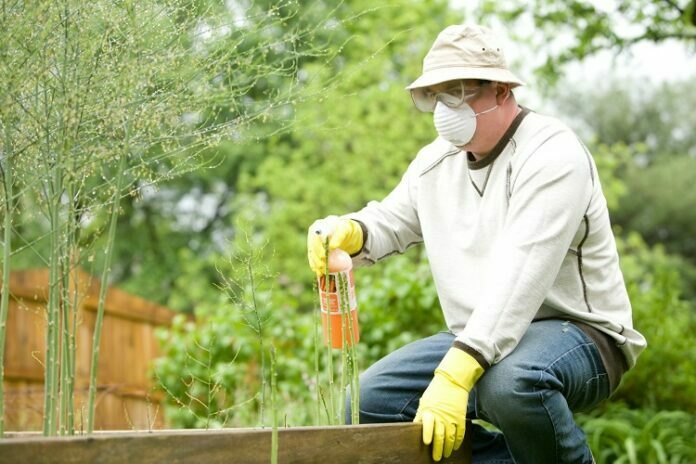In nature, pests are organisms that attack or destroy other organisms. Therefore, pest control involves the regular search for, identification, and assessment of pest damage. If you have a pest problem in your home, you should immediately look for “pest control services near me.” Pests can be classified into different categories: continuous pests, which are almost always present, and sporadic, migratory, and cyclical pests, which only occur intermittently. In addition, some pests are potential, and their presence might warrant control under specific circumstances.
Table of Contents
Influence of Natural Forces on Pest Populations
Natural forces that limit the range of a pest species may include mountains, large bodies of water, and other features of the landscape. In most cases, a pest’s population can thrive only as long as its food source remains available, and as soon as that source becomes depleted, it will die. Moreover, the availability of shelter and overwintering sites may influence the distribution of pest populations. However, these effects may be indirect.
In addition, some pest studies sample a single period of occurrence in the field and study one enemy in isolation. These methods fail to capture the combined effects of diverse natural enemy guilds. Therefore, it is important to understand the interaction between predators and natural enemies. There are positive correlations between the presence of perennial habitats and pest control. Furthermore, a proportional increase in grassland area increases parasitism.
Methods of Pest Extermination
There are numerous pest control methods to choose from, but they can be broadly classified into six categories: sanitary, biological, chemical, physical, fumigation, fogging, and heat treatment. Depending on the scale of the infestation and the type of pest, each method can resolve pest infestations to varying degrees of effectiveness. Some pests are merely pests, while others are dangerous species. For example, rodents are usually trapped humanely, while large wildlife animals are relocated. Other methods include the use of poisoned bait and fumigation. While these methods are less dangerous to humans, they may still cause health problems in pets. For this reason, it’s always best to consult a pest expert before using any pest control on your property.
Pest control methods use physical or mechanical controls, such as traps, nets, and barriers, to prevent the spread of pests. These methods may also include the use of electricity or radiation. Heat and humidity are also used to control some pests. In addition to physical controls, other methods involve using pheromones to control pests. The purpose of pest control is to keep pest populations under control and to ensure the health of residents and business owners.
Diseases Carried by Pests
Humans are exposed to a variety of diseases carried by pests. Some are very dangerous and require treatment for prevention. Some pests, such as cockroaches, carry a wide range of illnesses. Keep in mind that not all pest control methods are effective. In recent years, the Zika virus has wreaked havoc on Latin America, Africa, and Asia. Cockroaches contaminate surfaces, food, and drainage systems and can even carry some diseases. Their droppings also trigger diseases in humans. In addition, they may carry harmful parasites. These include fleas, ticks, and mites. Keeping these pests in check is the only way to prevent spreading harmful diseases.




